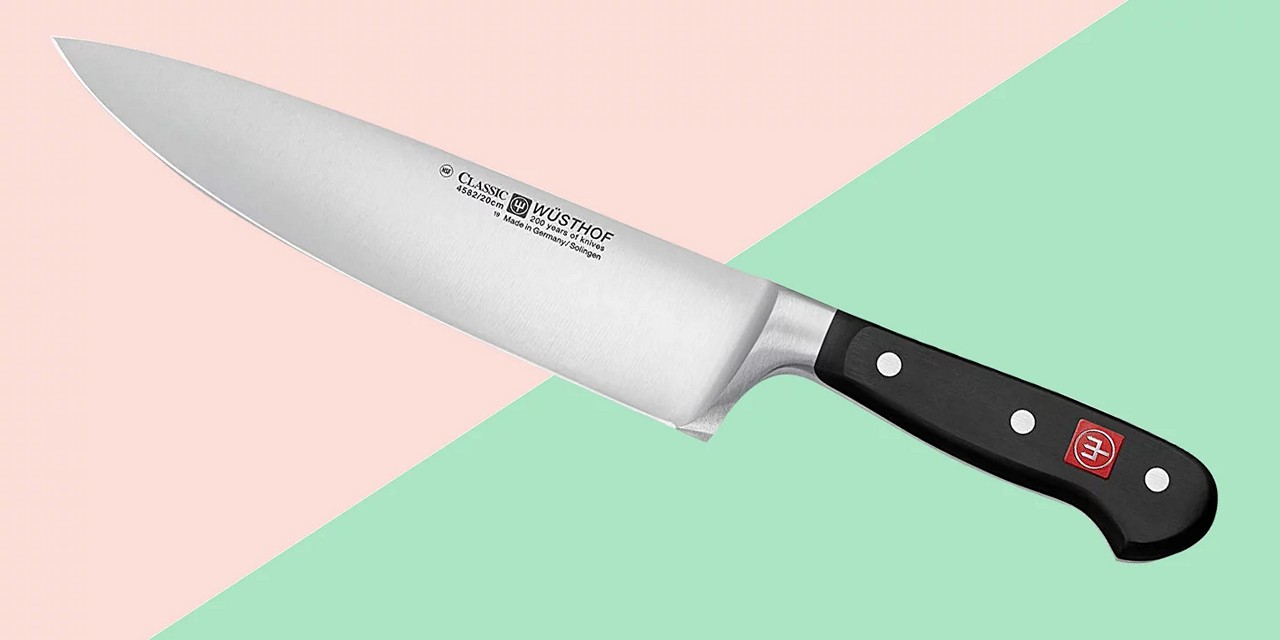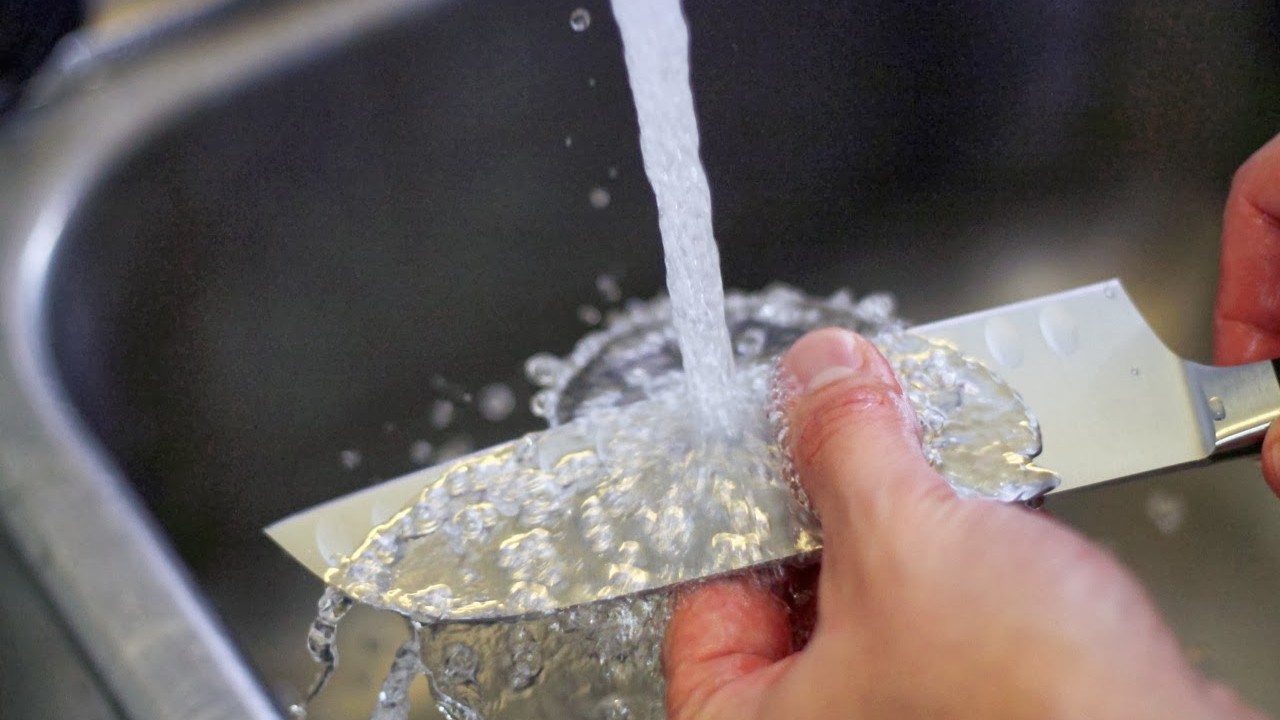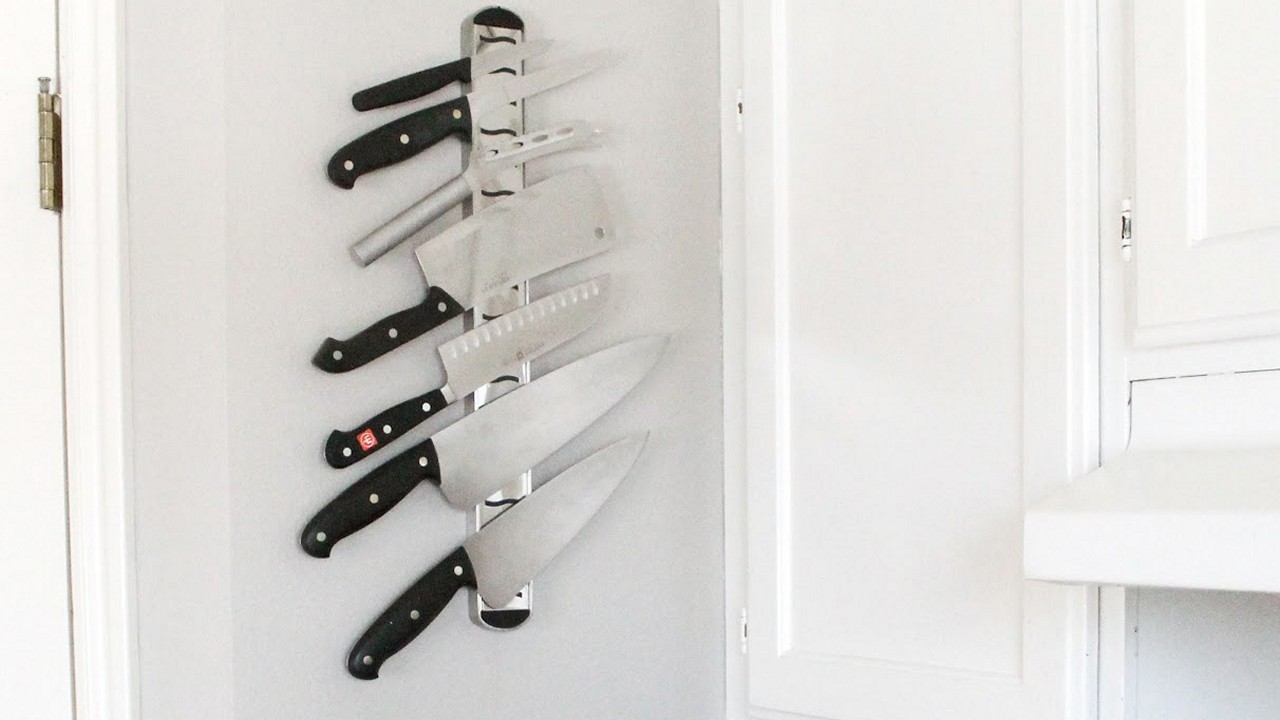Using knives properly has been regarded as an art by many people. This is because all over the world, people collect knives and have collections that show how precious this can be for many people globally. However, just like people take care of their cars and weapons, they need to take proper care of their knives. They need regular service and a few techniques that keep the sharpness of the blades intact and make their use long-lasting. Find out different ways to wash your utensils properly at KnivesAdvice.com.
Regularly sharpen your knives
Everything is just subject to adjustment, so even the most sophisticated blades, which begin surgically smooth, can become rough with time. Sharpen the knife during each use and other after many usages to maintain it strong. With such a metal plate, sharpening is effortless and fast. Electronic kits are available to make it much more straightforward. Honing is a little more complex but not difficult if you have any discipline. Unless you’re lazy like most individuals, people should hire someone to do it for them. The astonishing thing is that if you hone your blade regularly, you won’t have to do so more than once per year.
Don’t let it get stained for long

The majority of high-quality blades are made out of stainless steel or high-carbon steel that resists corrosion better than other products. That being said, if another knife is left filthy for a prolonged amount of time during use, the ammonia, moisture, and other contaminants from the meal can gradually kill it, causing dark patches and corrosion. The easiest way to avoid this would be to rinse the blades as soon as you stop utilizing blades.
Use your hands to wash

So if a blade is even dishwasher resistant, hand washing is preferable. The explanation is straightforward: your fingers are far softer than just a dishwasher. Whenever people wash all of these blades with such a gentle defoliant and a towel one after the other, the chances of a knife chipping during the method are incredibly slim. Furthermore, hand-washing the blades helps one see whether the debris or nutrition particles have trapped here between the knife and the shaft, allowing one to fix the issue straight away.
Place them on a magnetic strip

The blades should be stored in a tidy, durable wooden or timber frame. For starters, it shields the knives from dust. This also reduces clashes among blades or even between blades as well as other cooking utensils. If you have a broad selection of blades but don’t want to take those out to find the right one, storing everything on a magnetic strip might be wise. A magnetic sensor is helpful because it highlights the knives to tell which of these users require straight away. This does not have much in the way of dust safety, but that does hold the blades in position and stop both against colliding.
Don’t use on a countertop
A slim surface is needed for a sharp tool. As a result, no matter how solid the product is, if it interacts with anything it wasn’t intended to cut, such as a plastic plate or a metal worktop, the surface is vulnerable to injury. Your knives would fit nicely on a bamboo chopping board. A synthetic one will do, but it will be more challenging to sanitize in the coming years.
Using appliances to clean the knife
Don’t ever put the blade in the dishwasher because it says so on the packaging! The knife may break past recovery due to all of the scratching and colliding. Even though a blade is dishwasher resistant, hand washing will significantly minimize scraping and increase the edge’s life. A decent knife will enable you to conserve money in various methods; pay your respects by hand-washing them! Visit KnivesAdvice.com for more details about knives and how to properly care for them.

